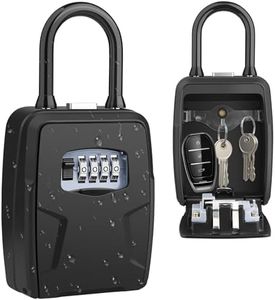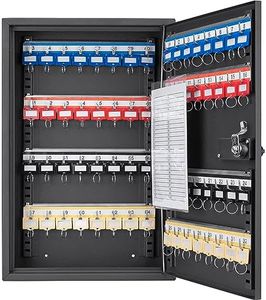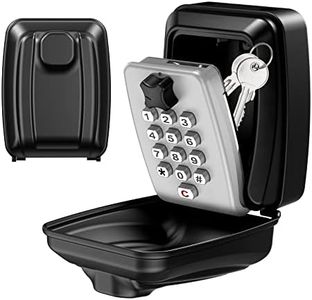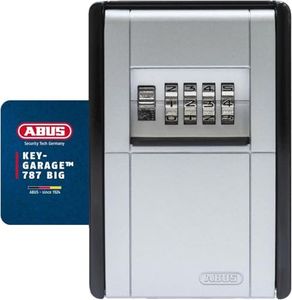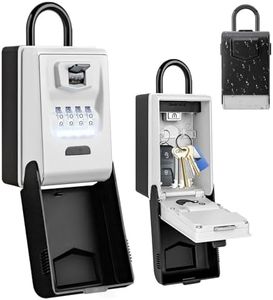We Use CookiesWe use cookies to enhance the security, performance,
functionality and for analytical and promotional activities. By continuing to browse this site you
are agreeing to our privacy policy
10 Best Outdoor Key Lock Box
From leading brands and best sellers available on the web.Buying Guide for the Best Outdoor Key Lock Box
Choosing an outdoor key lock box is a smart solution if you want to securely store spare keys outside your home or office, offering access to trusted friends, family, or service personnel. To find the best fit for your needs, it's important to consider where and how the box will be used. Think about your climate, how often you'll need access, and who needs to use it. The right box should balance security, durability, and ease of use, ensuring your keys are both accessible and protected.Locking MechanismThe locking mechanism is how the box secures your keys and how you access them. Common types are push-button keypads, rotary dials, or combination wheels, and sometimes there are models with key or digital code entry. Push-button and dial models are easy to use but vary in security. Simpler mechanisms may be quicker but less secure; advanced ones often provide extra protection but can be trickier to use. Consider who will be accessing the box—children or elderly users may appreciate a simpler code—while high-security needs may require a more advanced or digital option.
Build MaterialThe build material determines how well the lock box can withstand physical attacks and outdoor conditions. Most boxes are made from materials like zinc alloy, steel, or heavy-duty plastic. Metal boxes (steel or zinc alloy) offer superior protection against tampering and harsh weather, but can be heavier. Plastic boxes are lighter and may work for less exposed spots but aren't as secure. Choose a sturdier material if your box will be outside and exposed to weather or in an area where it might be tampered with.
Weather ResistanceWeather resistance refers to the box’s ability to withstand rain, sun, snow, and other harsh outdoor conditions. Some boxes are designed with rubber covers or seals to keep water and dust out, while others are less protected. If the box will be exposed to the elements, pick one with weatherproof features to prevent rusting and water damage; if it’s under a porch or eave, less weather-resistant models could suffice.
Storage CapacityStorage capacity indicates how many and what size keys can fit inside the box. Some boxes are designed for just one or two keys, while others can hold multiple keys or even access cards. If you need to store several keys or larger items like car key fobs, look for a larger box. If just a single house key needs to be stored, a compact box will do and is often easier to hide.
Mounting MethodMounting method describes how the box is attached to your property. Common types include wall-mount (which requires screws and tools), shackle/mount-free versions (which attach to doorknobs, rails, or fences), and portable options. Wall-mounted boxes provide the most permanent and secure placement, whereas shackle models are flexible and can be moved if needed. Consider whether you need flexibility in placement or maximum security, and if you’re allowed or able to drill holes where you want to mount it.
Ease of Resetting CodeThis feature covers how easily you can change the code on your lock box. Some boxes allow you to quickly reset the code whenever needed, while others are more complicated and require tools. If multiple people may need unique access or if you’ll change users often, easy code resetting is essential. For boxes with only occasional users, this may matter less.
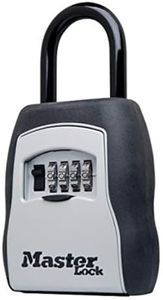
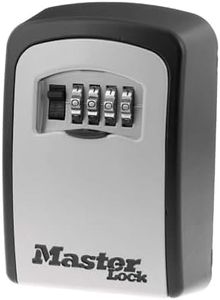
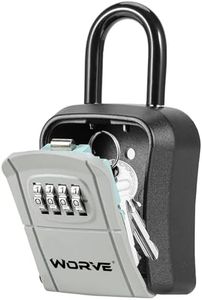
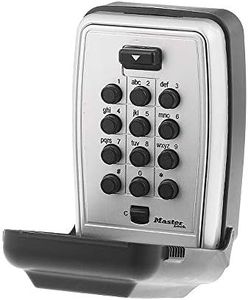

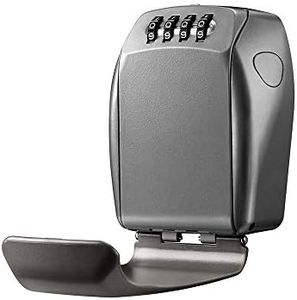
![[New Version] Key Lock Box, Key Safe Box with Removable Chain, Resettable Code Key Storage Lock Box Waterproof with 4 Digit Combination, 5 Key Capacity for Home, Warehouse, Indoor & Outdoor Black](https://images-proxy.bestreviews.guide/sJ_peq6KN_3voPJE9mC_-jC4o68=/0x300/https://m.media-amazon.com/images/I/31sWdQ8N-1L._AC_CX679_.jpg)
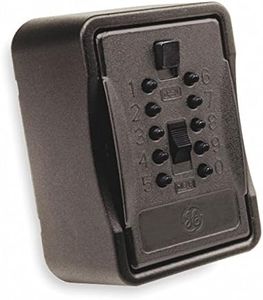
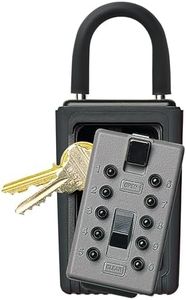
![Key Safe, [New Version] [Weatherproof] Diyife Portable Lock Box for Keys Outdoor with Removable Wire Rope Shackle, Hangable 4-Digit Combination Key Lock Box for Home Office Garage School Car](https://images-proxy.bestreviews.guide/MhlSZ_fW-s2QWdJuOKQhYbwVWbw=/0x300/https://m.media-amazon.com/images/I/41si74Q3oCL._AC_CX679_.jpg)
